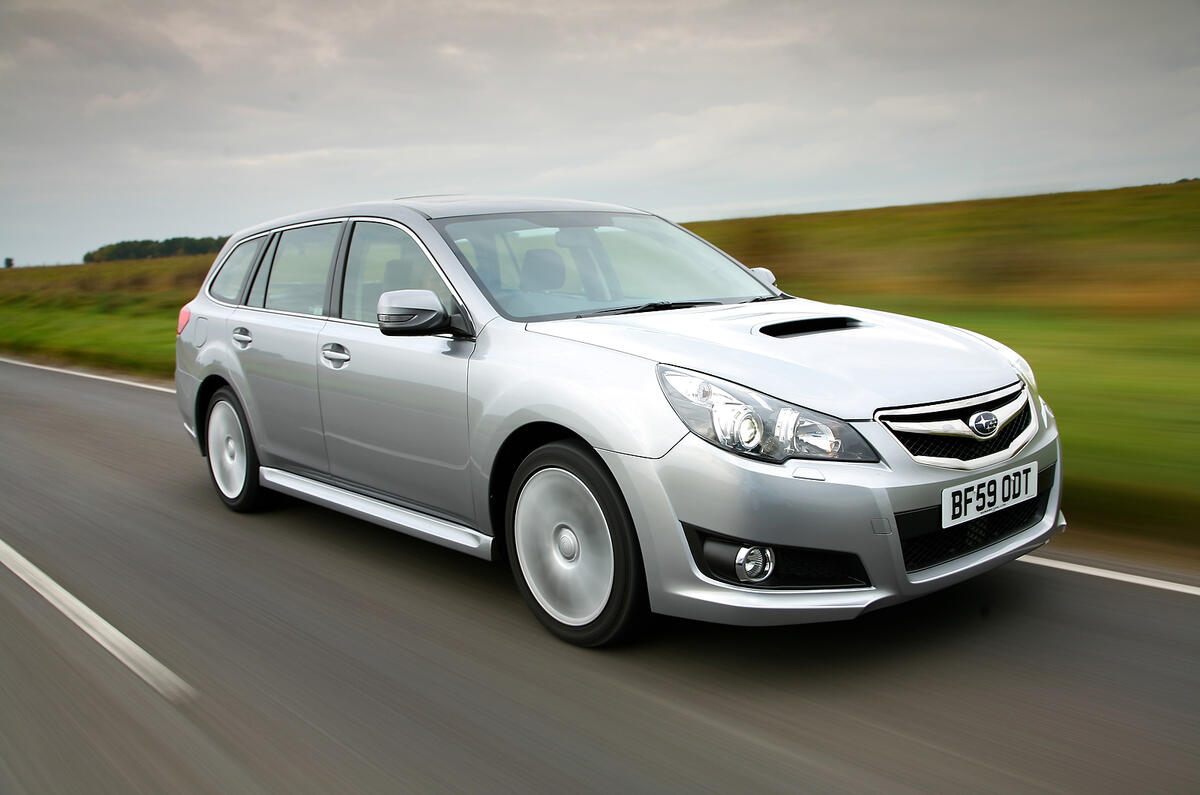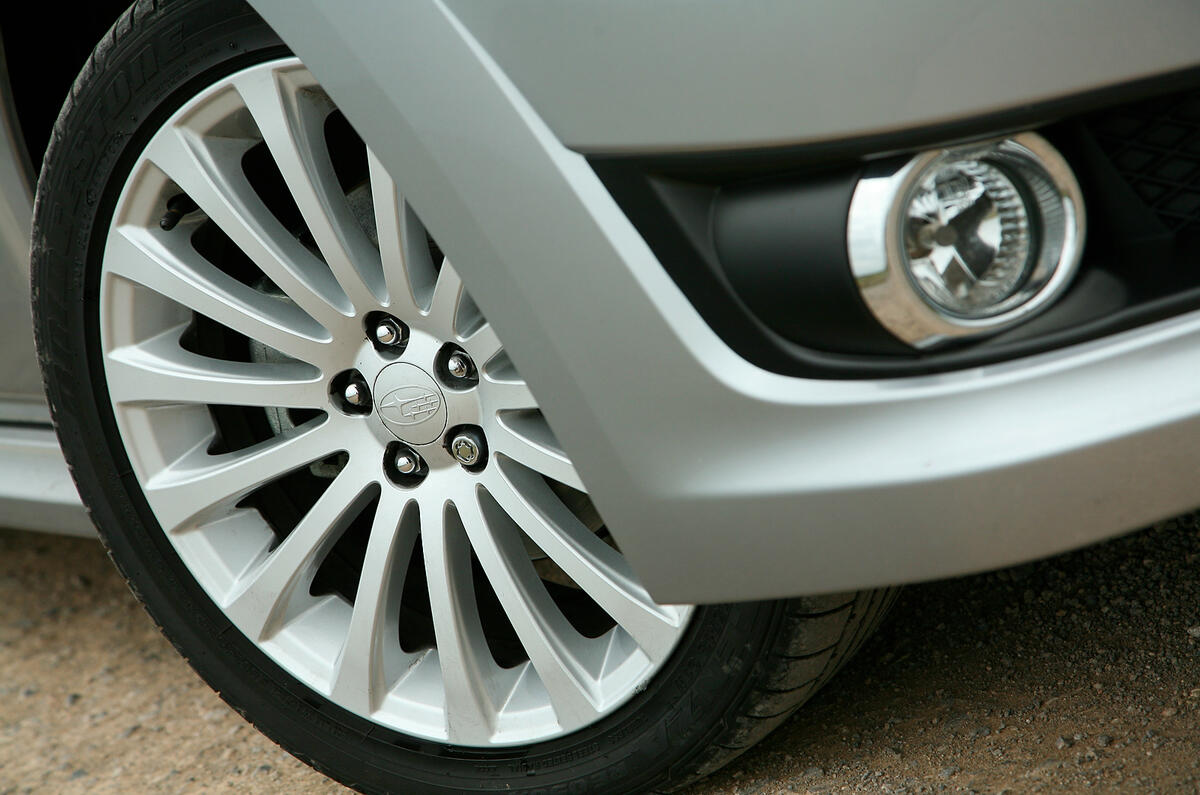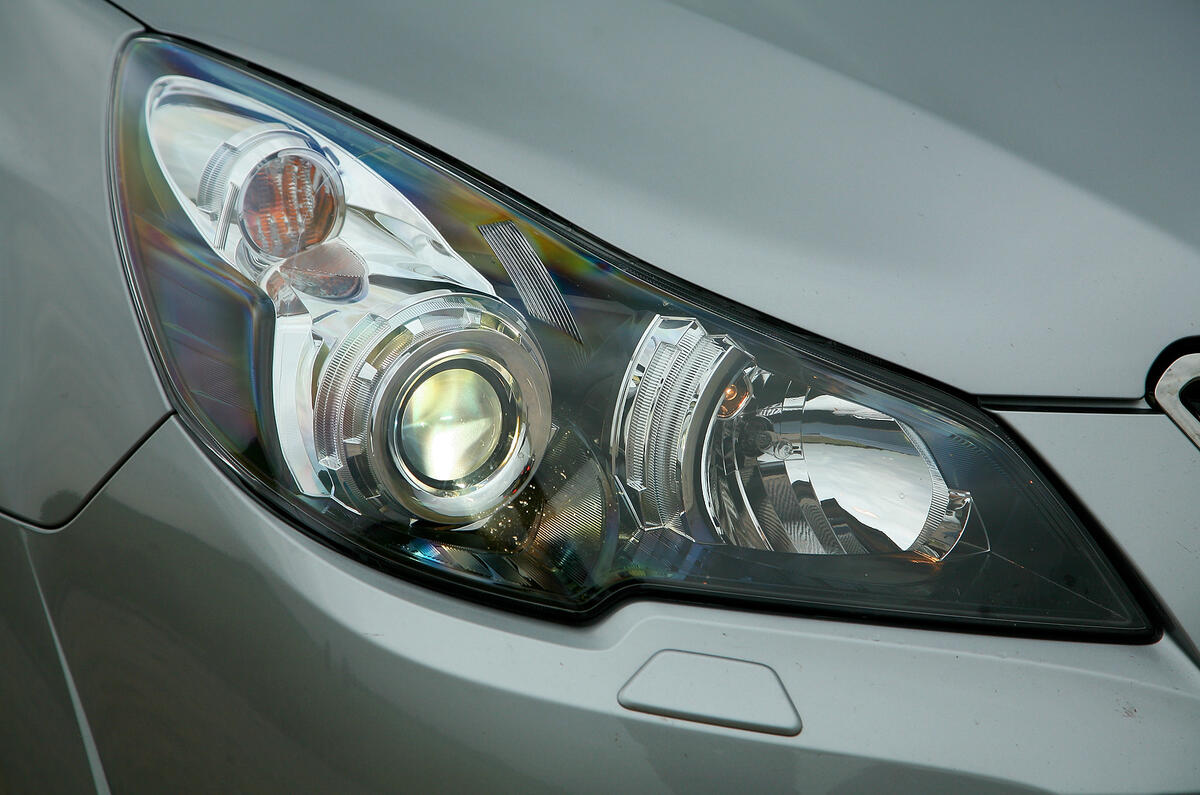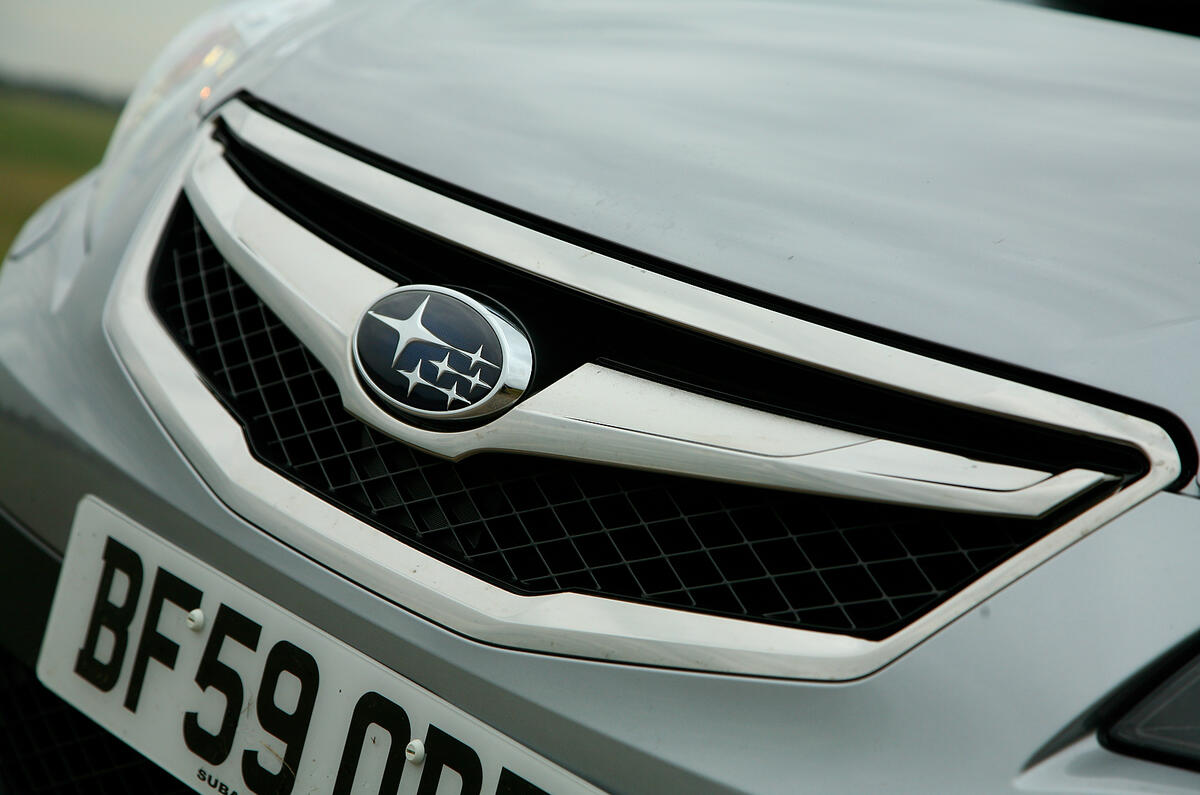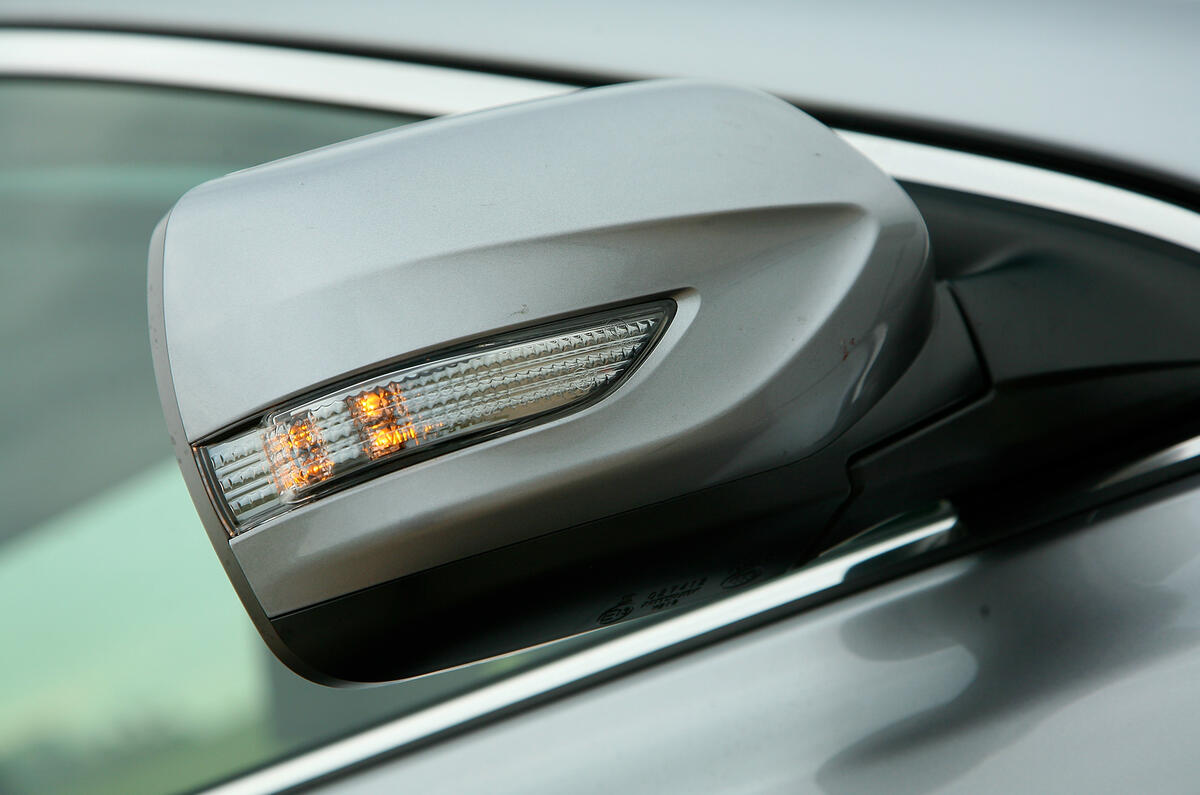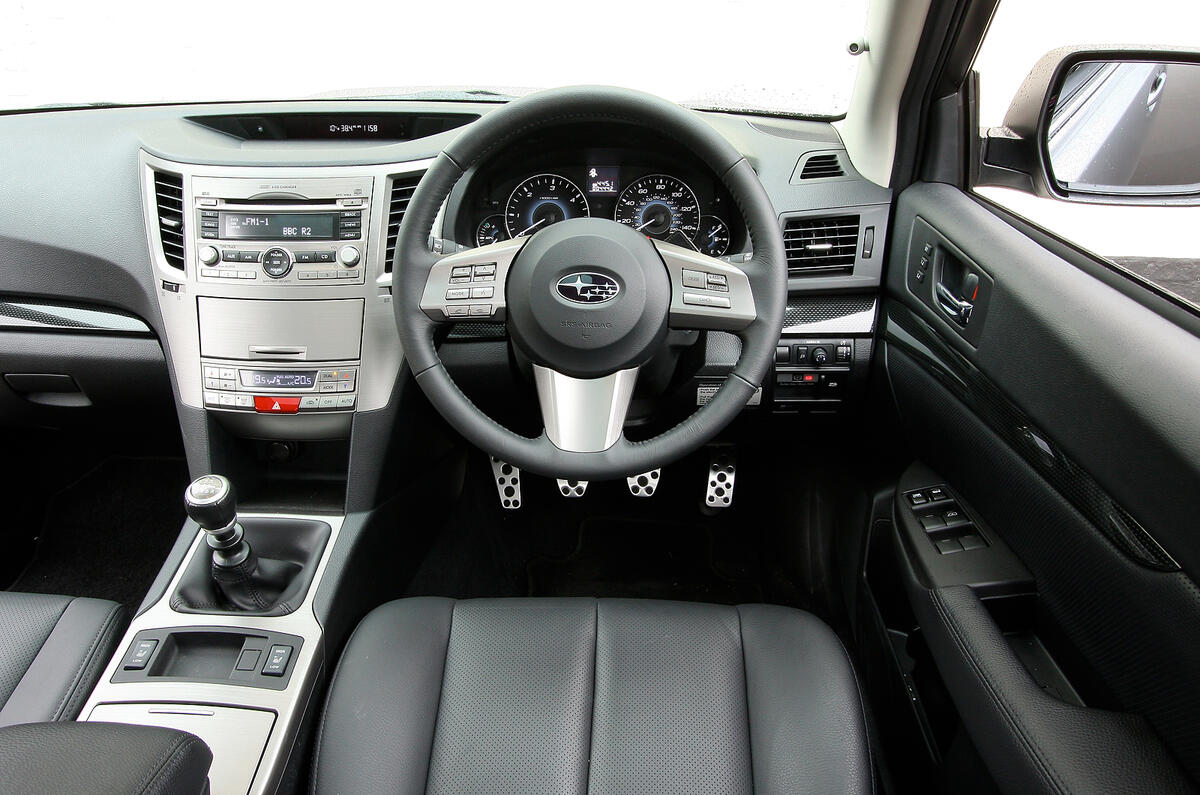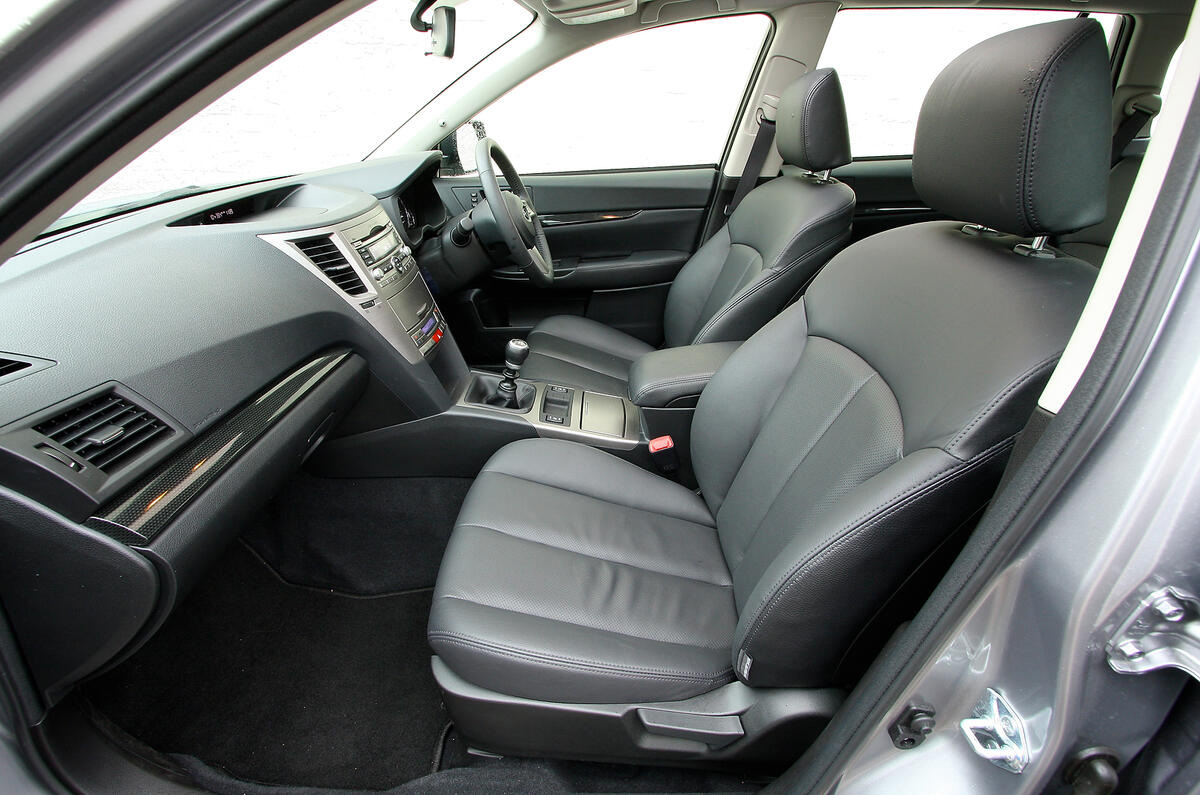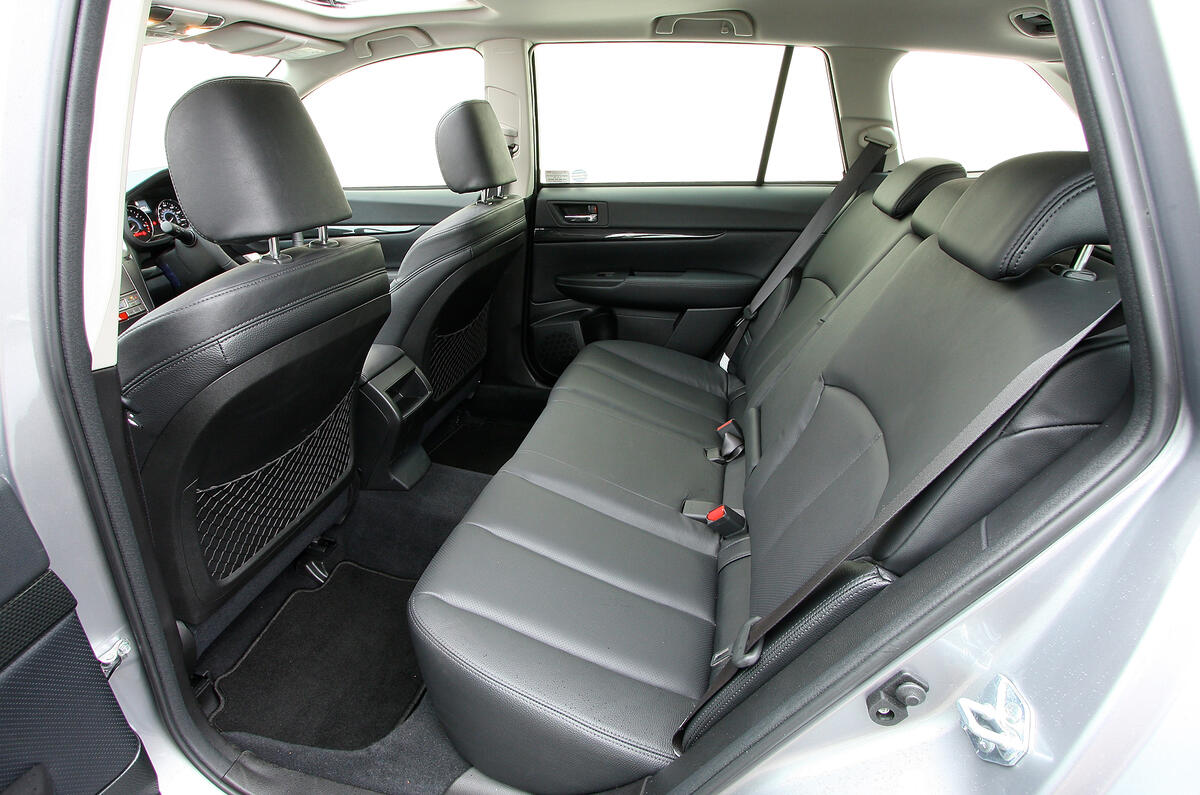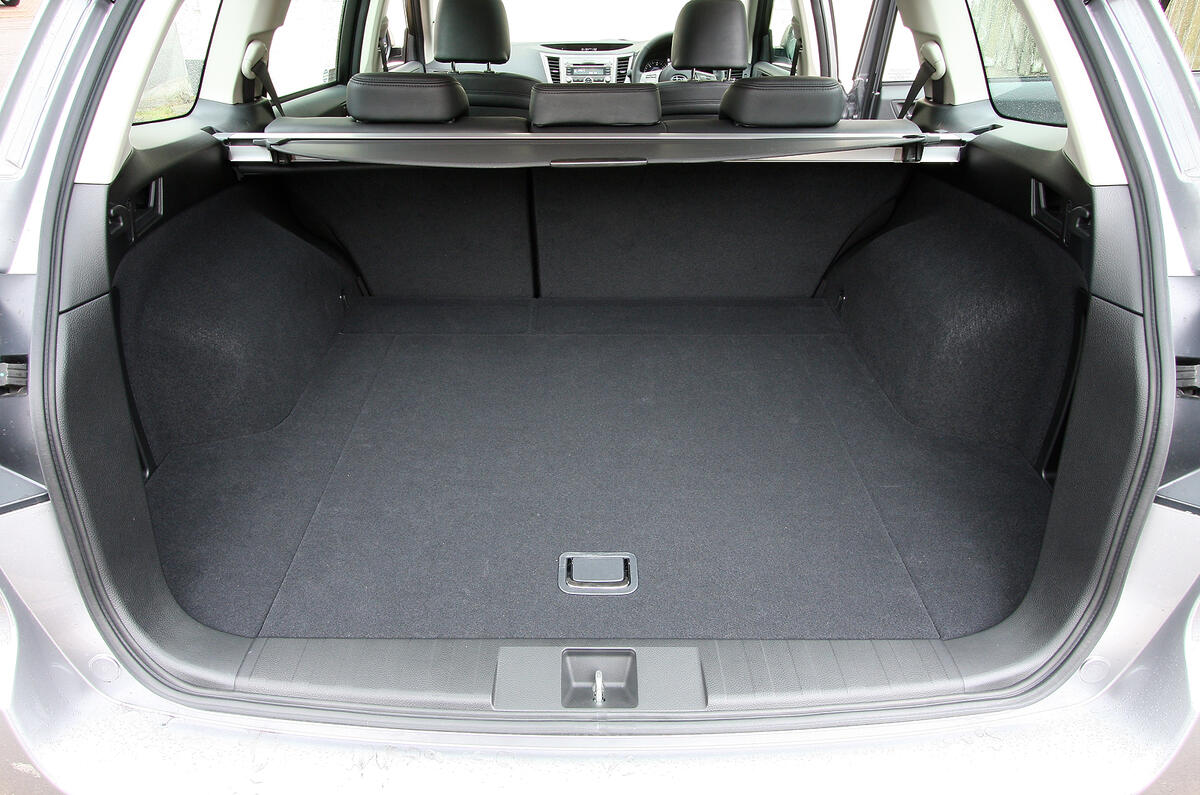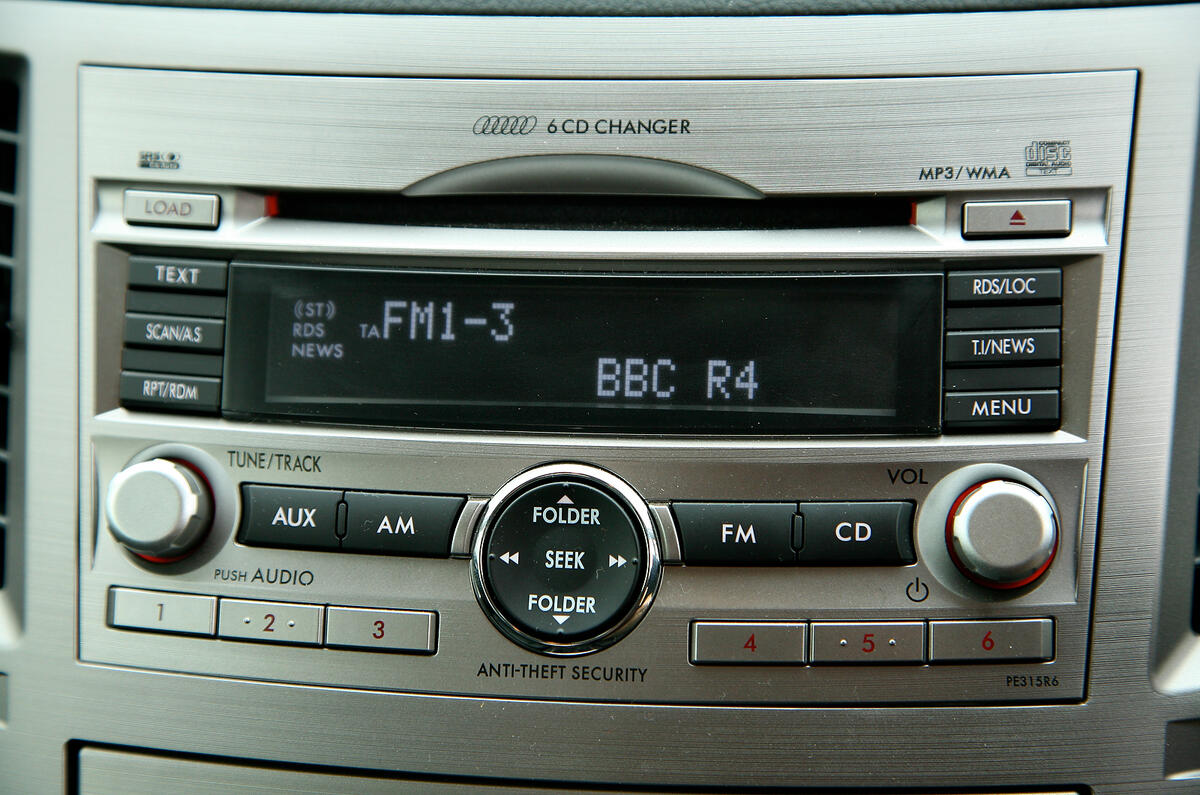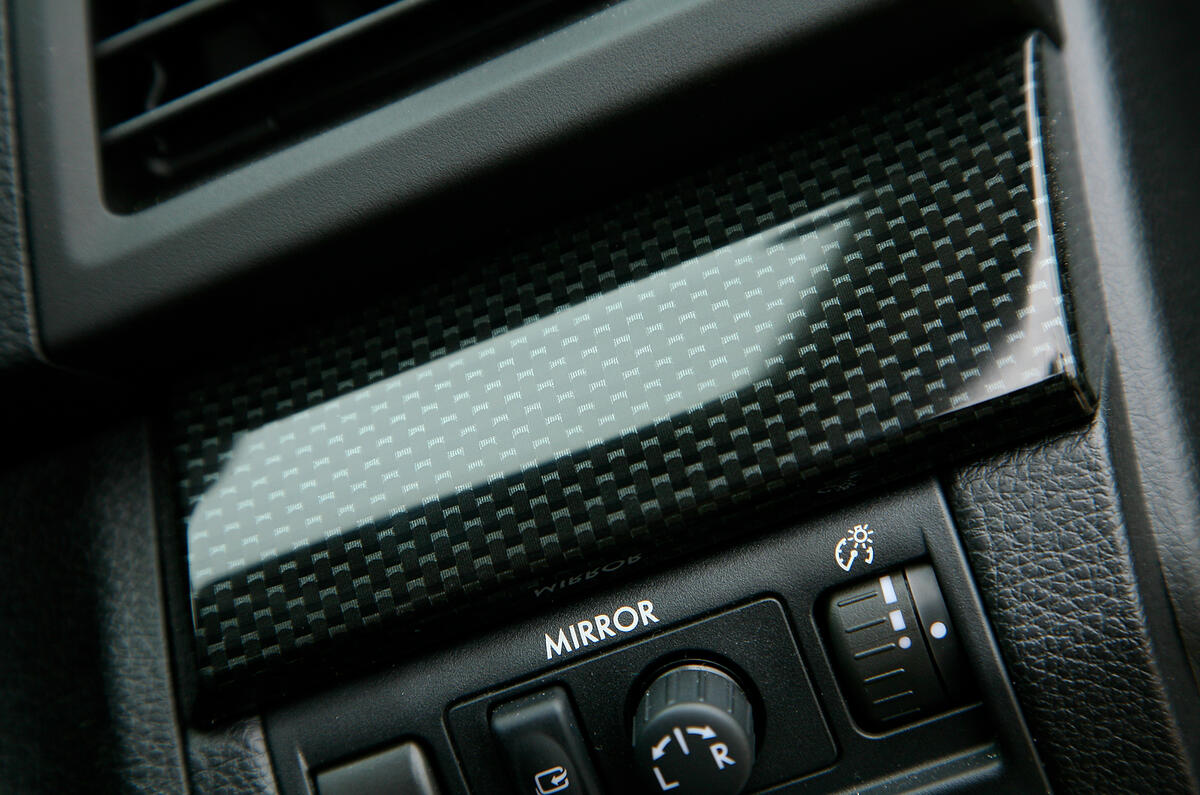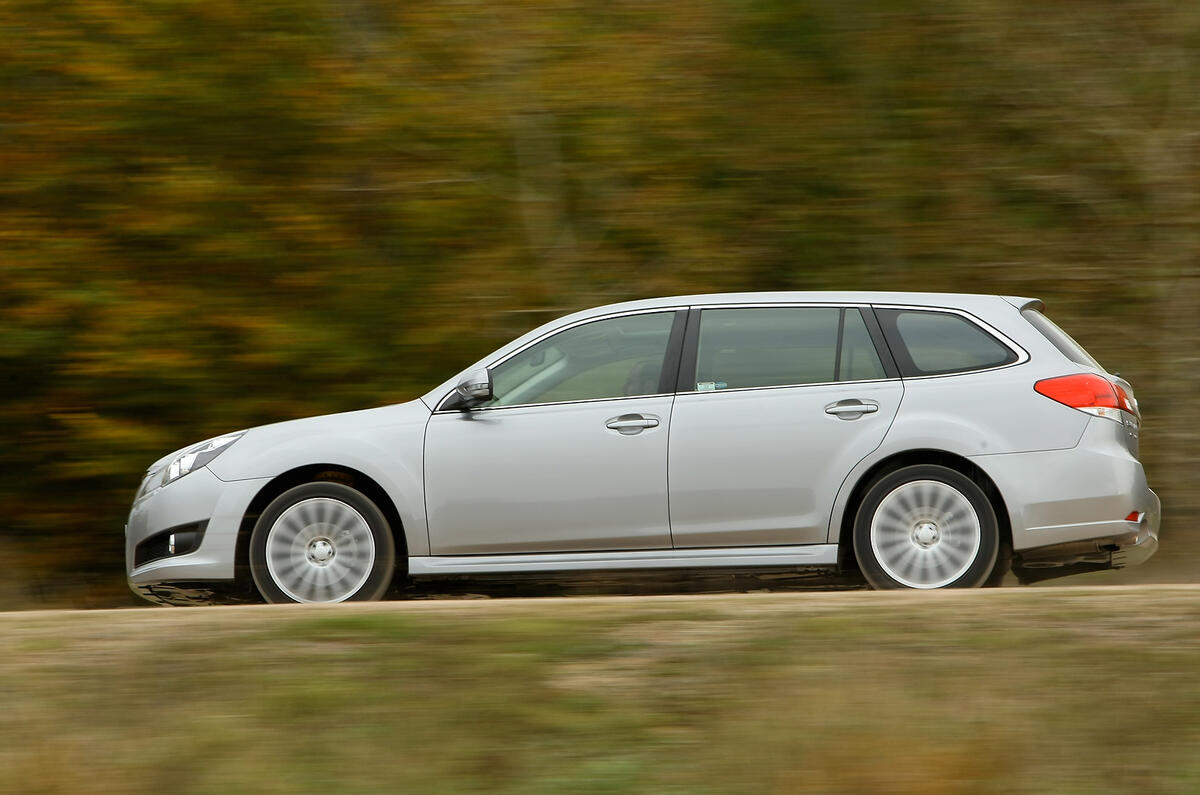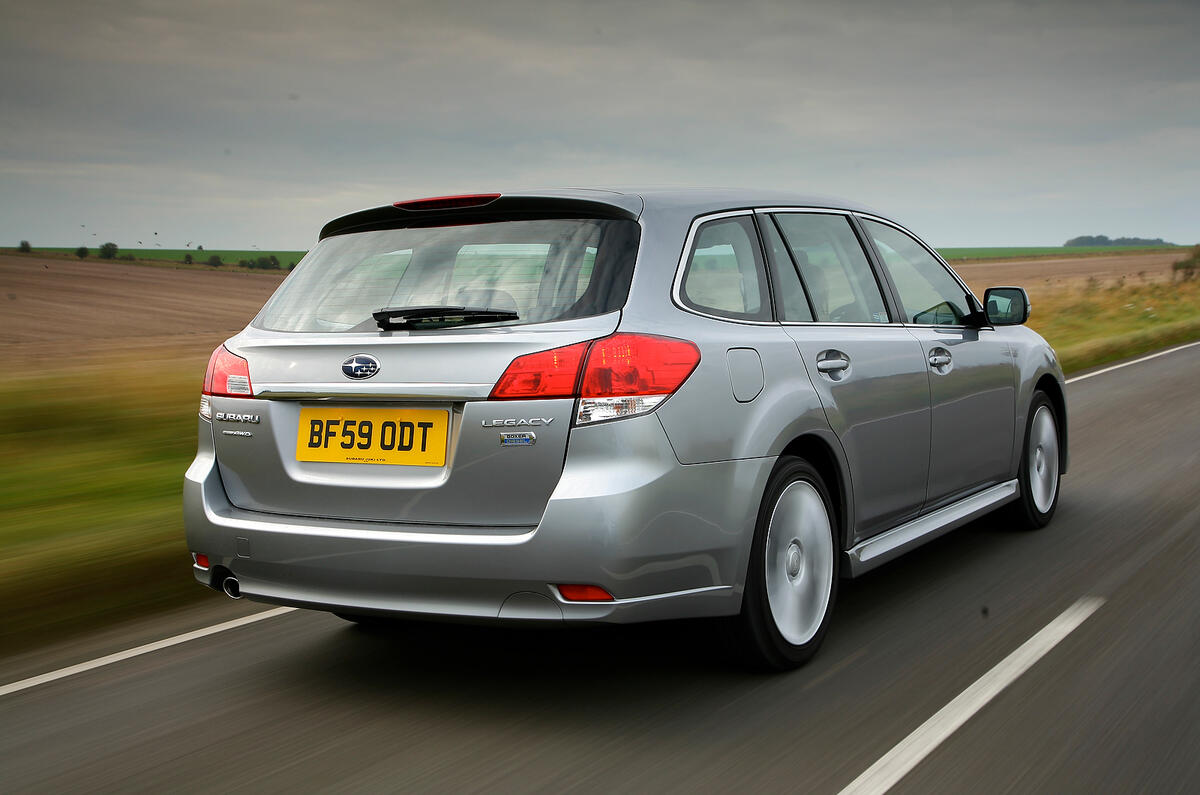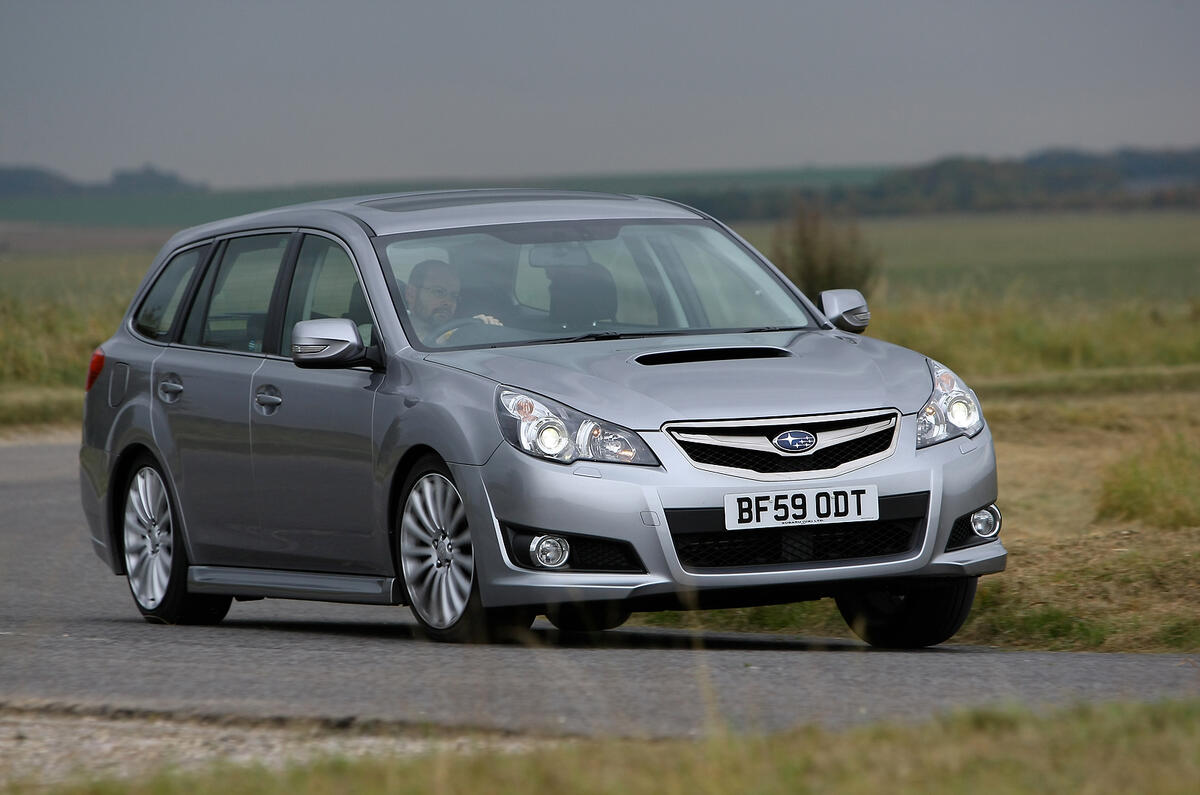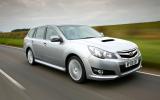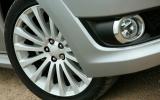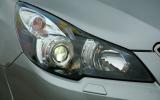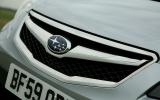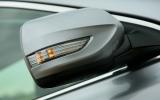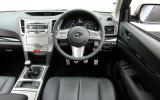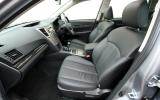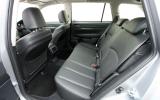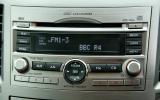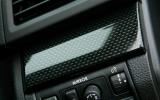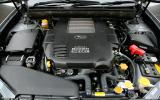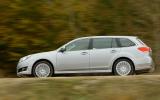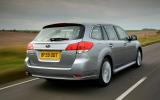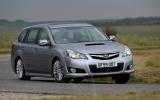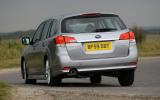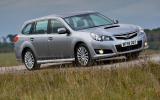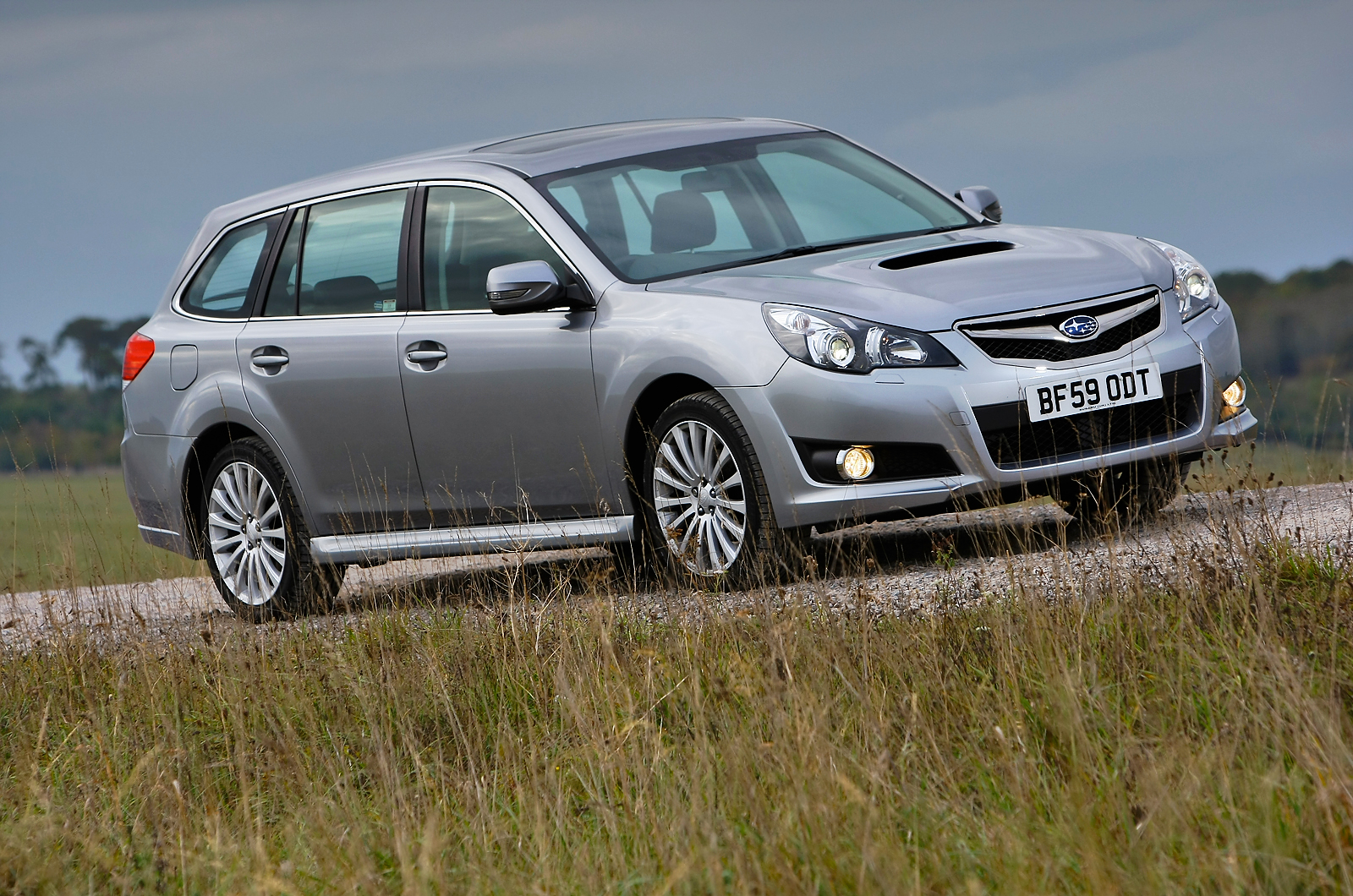This all-new Subaru Legacy is the fifth evolution of the venerable estate, and it arrives at a time when the Subaru brand is changing. This shift began with the controversial move from saloon to hatchback in the recent Impreza – a move that started a shift from the traditional performance focus towards more mainstream, practical brand values.
This Legacy estate follows that same brief. A narrow model range incorporating only three engines and one body shape highlights the fact that the Legacy is targeting a different kind of buyer this time around. The engine options are all four-cylinder boxers: 2.0- and 2.5-litre petrols, the latter mated to a CVT, and the 2.0-litre diesel with a six-speed manual.
There’s a similarly limited range of trims: S, SE and SE Nav Plus on the diesel, SE and SE Nav Plus on the 2.5, and unique to the 2.0-litre petrol, ES Nav. There’s not much in the way of options, or colour choices, either. The market for roomy family estates is full of talented and affordable competition.
To find a place at the top, the Legacy must prove that its unique combination of standard all-wheel drive is enough to recommend it over similar-sized, similar-priced front-wheel-drive offerings such as the Ford Mondeo estate, not to mention the 4x4 Skoda Superb estate, potentially the Subaru’s fiercest rival.



